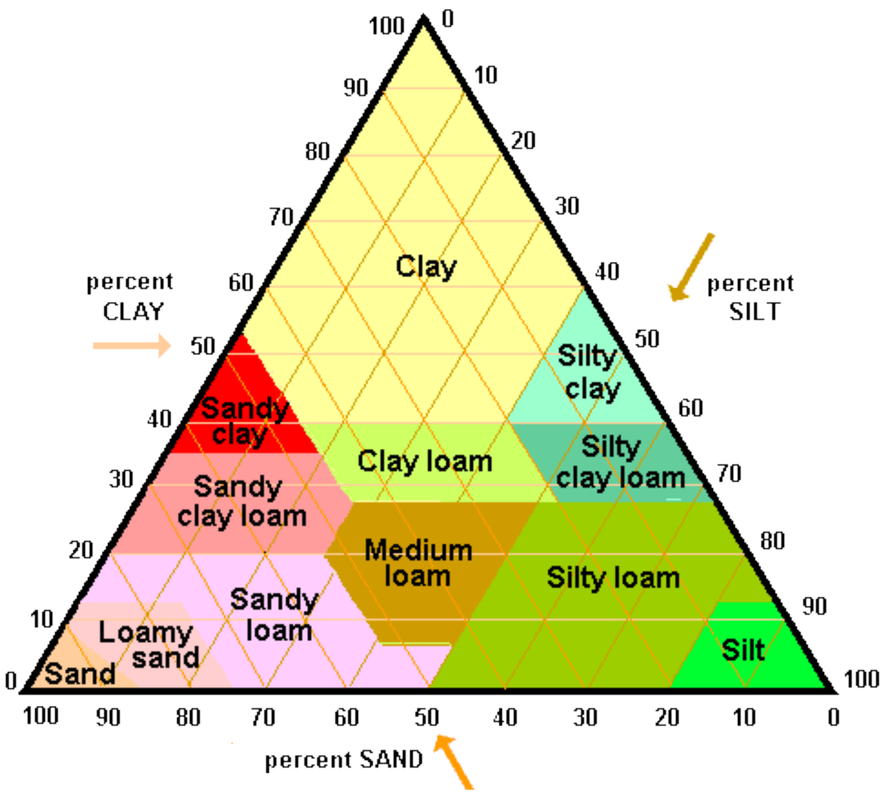Mud Shake
Objective
This is an additional or alternative method of determining texture of soil. Students will not do this activity at Outdoor School due to time constraints. In this activity, students determine the composition of a soil sample by separating the soil particles into layers. Students will then classify the soil as sand, silt, or clay.
Materials (per group)
- 2-cup soil sample
- Ziplock bag
- Clear 2-liter bottle with cap
- Permanent marker
- Funnel
- Water
- Ruler
- Calculator
Time
15-20 minutes over 2 days
Hypothesize
Is your soil made up mostly of sand, silt, or clay?
Procedure
- Fill a 2-liter bottle with water until it is two-thirds full.
- Add soil from the sample you collected to the bottle, using the funnel, until the bottle is almost full. Pour the soil into the funnel slowly. It will take some time for the funnel to empty into the bottle.
- Tightly seal the bottle with its cap. Make sure your bottle has a tight seal so it doesn't leak while you shake it.
- Shake the bottle for 1-2 minutes, or until it is well mixed.
- Let the bottle sit untouched for 24 hours.
- After 24 hours, observe the layers forming in the bottle.
- How many layers do you see?
- Which layer is the thickest? The thinnest?
Conclusion
- What kinds of particles did you see in your sample?
- Based on your data, do you think your hypothesis is correct or incorrect?
- Which type of particle settled first? Last? Why?
- How might the data be different if you used a different soil sample?
- What would you expect to find if you checked your bottle in a week, a month, or a year?
- Now that you know more about the composition of your soil, would you expect to find many creatures in the soil or just a few? What types of creatures would you expect to see?
- Calculate the percentage of each particle type in the sample by:
- Measuring the height of the whole sample.
- Measuring the height of each layer.
- Dividing the height of each layer by the total height of the sample.
- Multiplying by 100 to get a percentage.


 RSS Feed
RSS Feed

